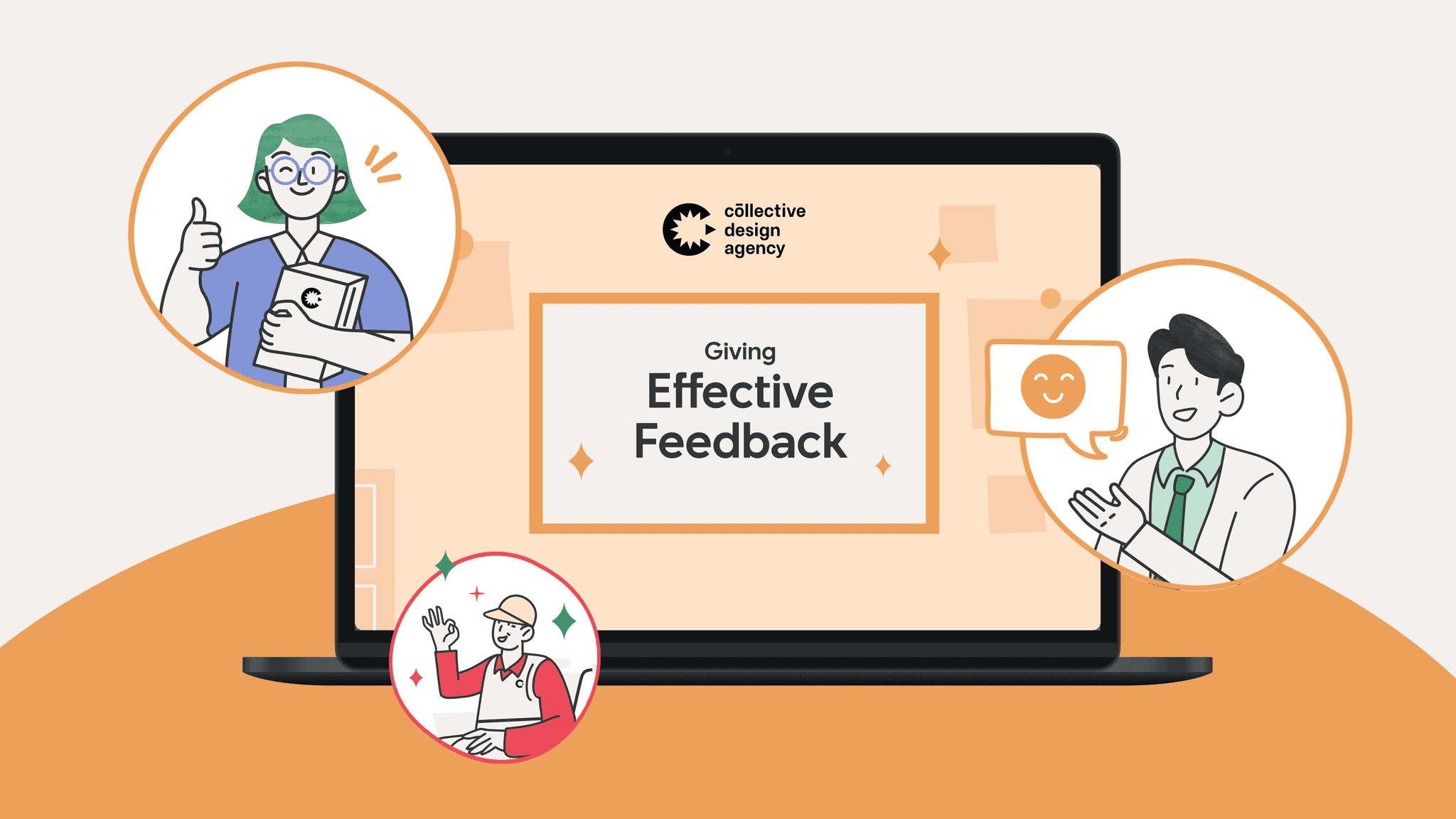
client
internal
year
2024
Sector
E-learning
Scope
Overview
Many leading firms with a diverse workforce have recognized the need to improve the feedback culture within its teams. Despite having a talented pool of employees, feedback was often delivered in ways that did not foster constructive growth or positive change. To address this, the Learning and Development (L&D) team was tasked with developing an internal training course titled "Giving Effective Feedback."
Challenges
Objective
Collective Design Agency, an international multi-disciplinary creative studio, recognized a crucial need to improve feedback mechanisms within their internal team and to their stakeholders. Traditionally, the company utilized standard training methods that relied heavily on textual materials and static presentations. However, these methods were not effective in engaging employees or instilling practical skills necessary for delivering constructive feedback.
The primary goal of the course was to empower project stakeholders (including internal and external members) at all levels to give and receive feedback that is constructive, clear, and conducive to professional and personal growth. The training aimed to enhance communication skills, improve team dynamics, and ultimately, drive better project outcomes.

content development
Phase 1: Needs Assessment
Objective
The L&D team conducted surveys and focus groups across various departments to identify specific challenges employees faced regarding feedback.
Key pain points included:

Outcome
The assessment revealed a need for a course that covers both the theoretical aspects of feedback (e.g., models and principles) and practical application (e.g., real-world scenarios and practice).
Phase 2: Curriculum Design
Approach
The curriculum was designed with an emphasis on interactive learning and practical application. It included modules on:

Components
To cater to the varied learning preferences within the company, the course incorporated a mix of different components:
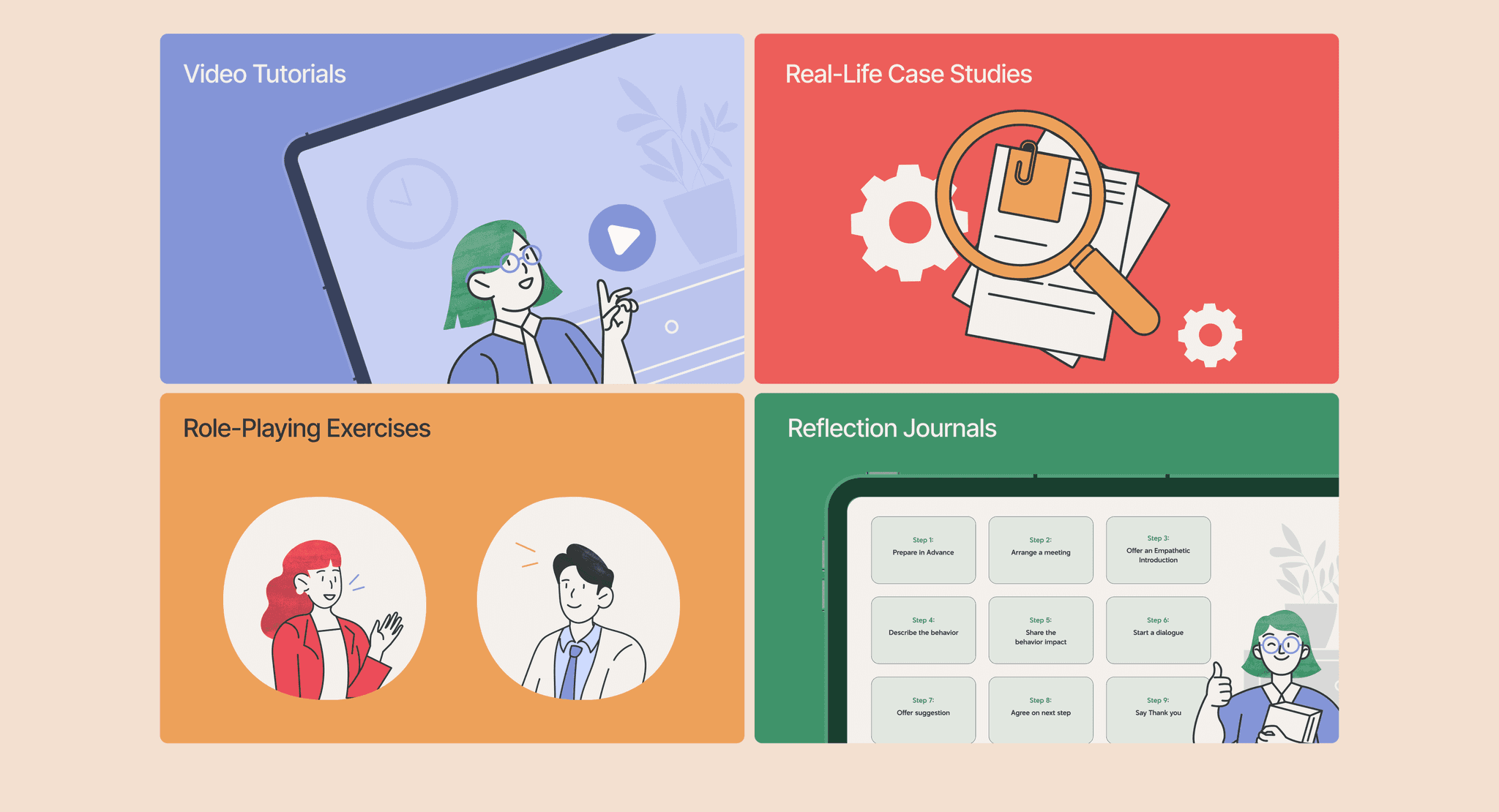
Phase 3: Content Development
Strategy
Outcome
The L&D team, together with other subject-matter experts, developed content that was engaging and relevant to the marketing industry. This included creating scenarios based on common situations employees might encounter at CDA.
High-quality, multimedia content that leverages real-world examples and interactive elements to enhance learning and retention.
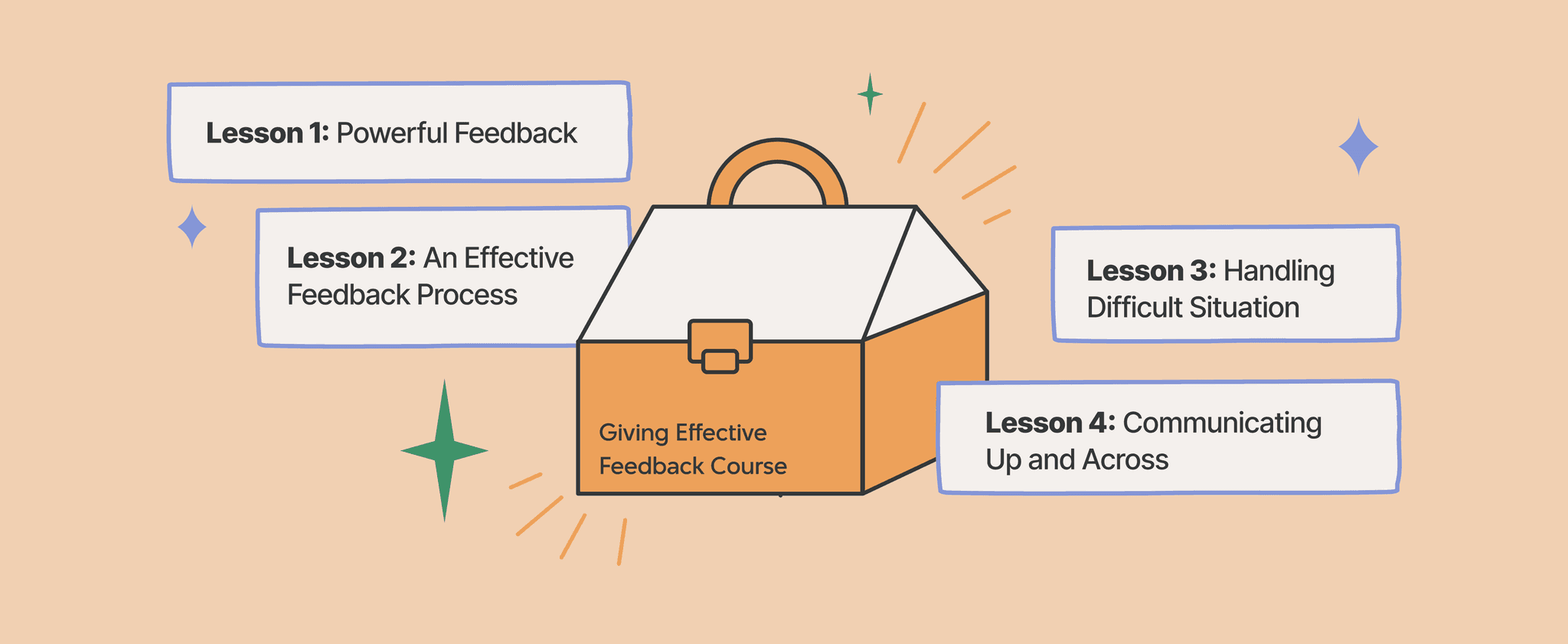

course production
Storyboard
A storyboard template was created in Figma, consisting of frames for each section of the course. This template included placeholders for text, graphics, and interactive elements.
Stakeholders, HR department, and instructional designers worked together to script the course content. Parallelly, graphic designers began creating visual elements that aligned with the script. Both elements were added to the storyboard in their respective placeholders.

A mini moodboard is completed with research on office interior space, office attire, plants and decorations. The purpose is that the illustrations created are realistic and true to the context of the situation.

Characters
The character system is built to help the course become more attractive, and realistic role-playing situations become clearer and easier to understand.


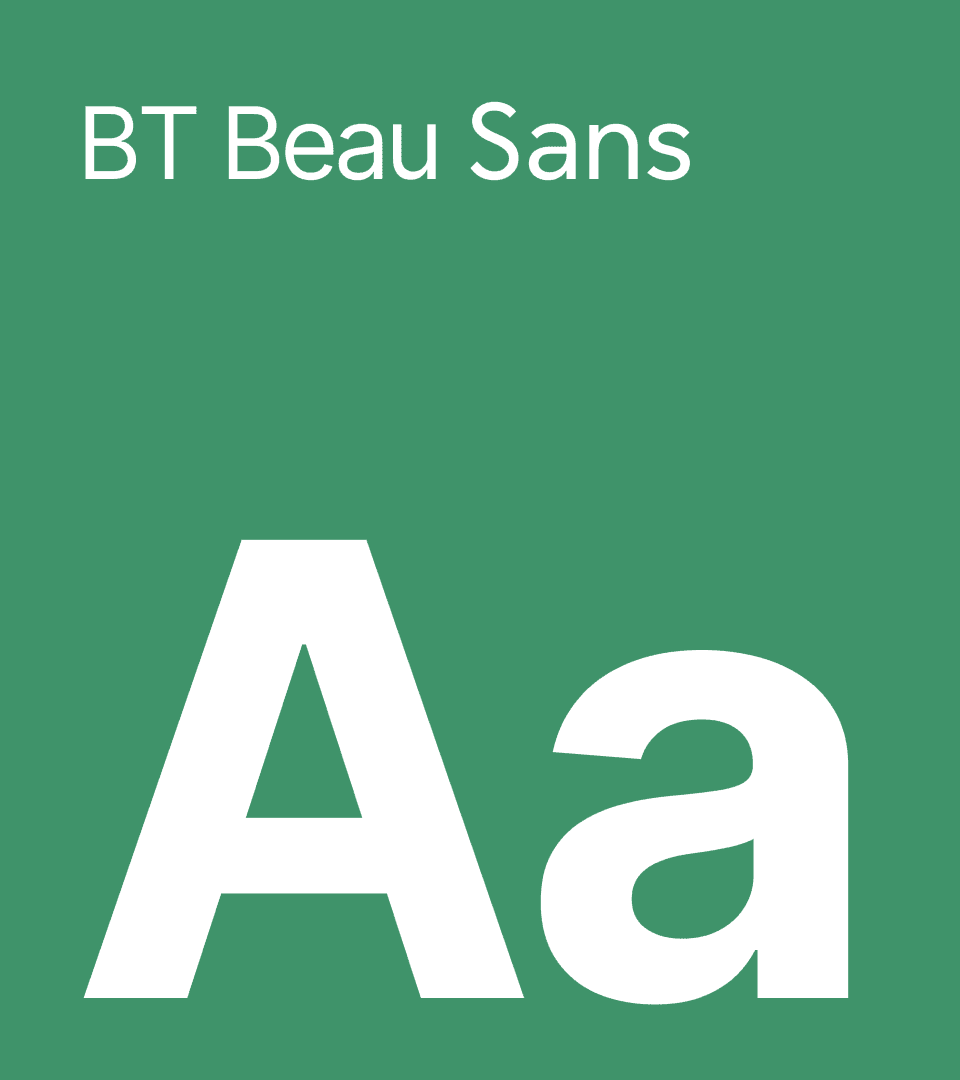
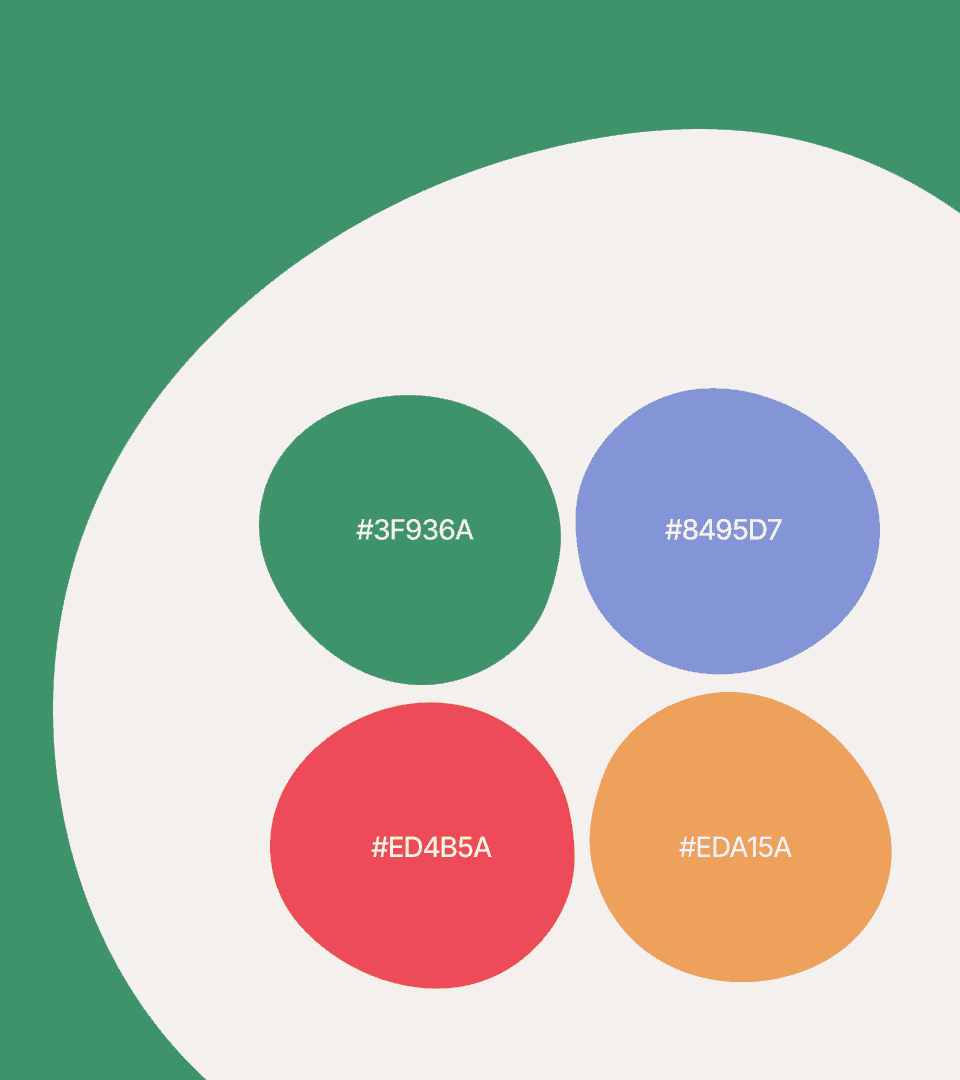
Animation
To explain the process of giving effective feedback, animations were designed. These animations illustrated the effects of different types of feedback on recipient emotions and performance, making abstract concepts more concrete and relatable.
Interactive Quizzes
To reinforce learning and assess understanding, interactive quizzes were interspersed throughout the course.
These included multiple-choice questions, drag-and-drop activities, and scenario-based questions that encouraged learners to apply concepts in real-world situations.

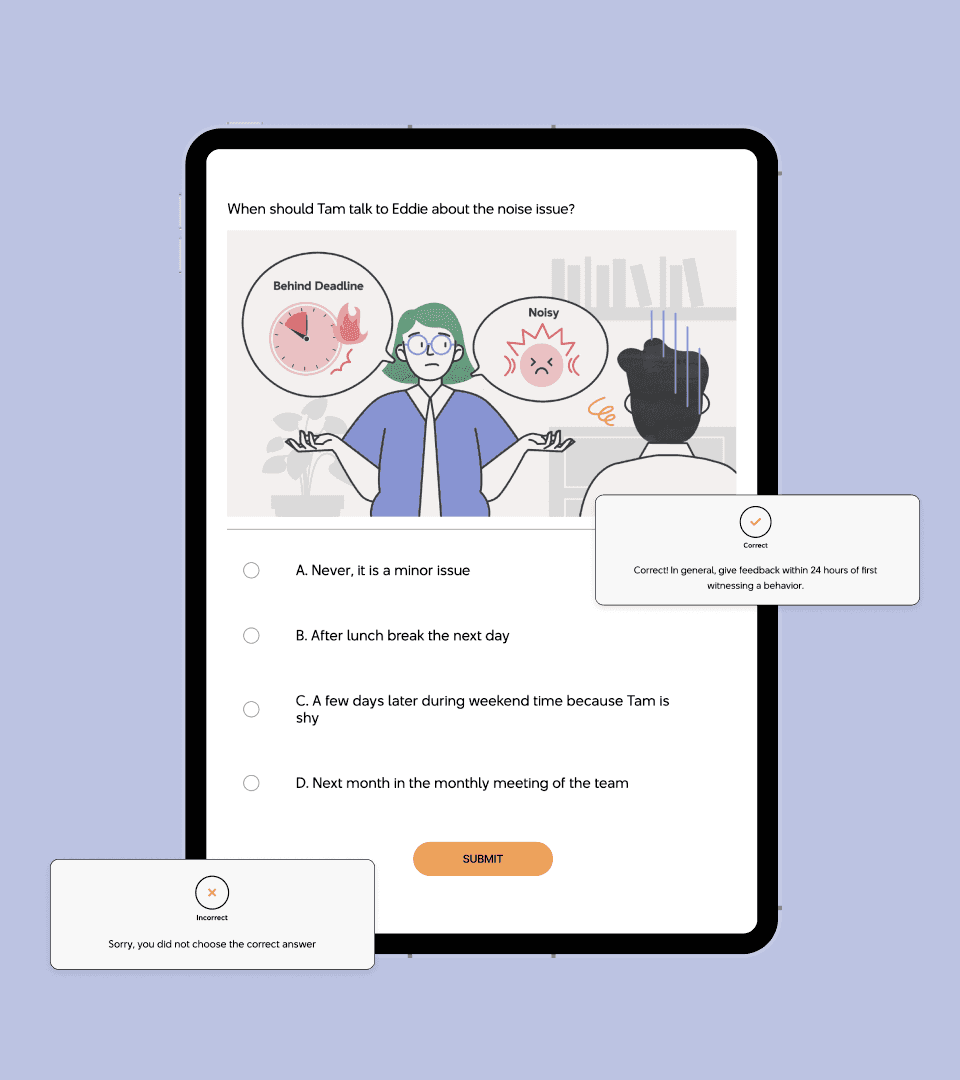
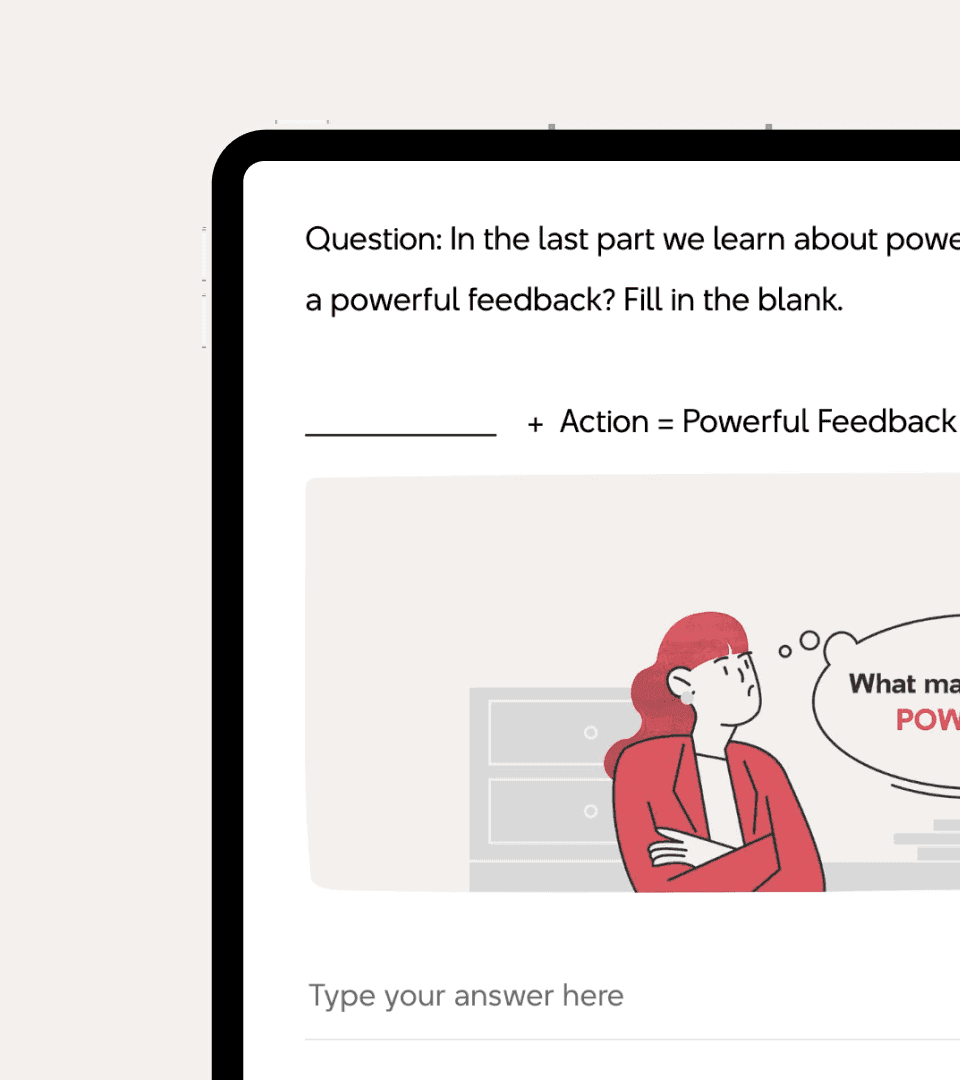
Scenarios
Real-life scenarios were crafted to simulate workplace situations where feedback was necessary.
Using Articulate Storyline, interactive branching scenarios were developed, allowing learners to make decisions and see the consequences of their choices. This feature aimed to improve decision-making skills related to giving feedback.
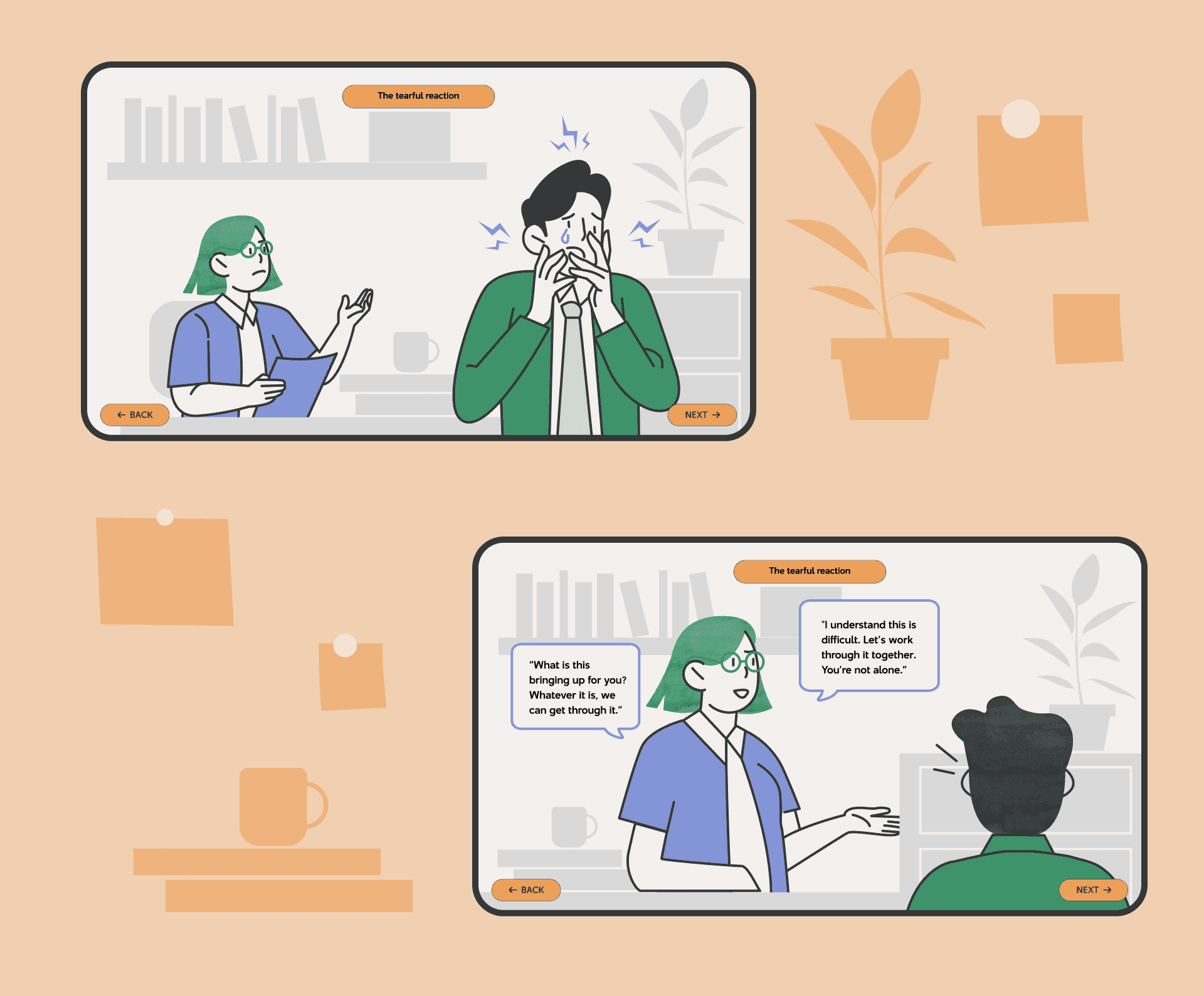
features of the course
The development of the course "Giving Effective Feedback" utilizing the Dick and Carey Model exemplified a systematic and iterative approach to instructional design
The process began with establishing clear instructional goals, followed by a detailed instructional analysis to identify the necessary skills and knowledge.


The course was tailored to meet diverse learner needs through the development of SMART performance objectives, comprehensive assessment instruments, and a multi-faceted instructional strategy that included microlearning, interactive scenarios, and peer reviews.
Instructional materials such as video tutorials and case studies were carefully selected to enhance learning engagement.
Customized E-learning solution
To effectively address the distinct real-life scenarios and examples unique to each industry, every company benefits from developing its own customized E-learning solution.


Tailored Learning Experience
In today’s diverse and dynamic workplace, a one-size-fits-all approach to learning is no longer viable. Our tailored learning experience is designed to meet the unique needs of each learner, adapting to different paces and preferences to maximize engagement and effectiveness.
By integrating self-paced modules, responsive feedback mechanisms, and strategic assessments, we ensure that every learner not only receives education that is aligned with their individual learning style but also retains and applies the knowledge effectively. This personalized approach fosters deeper understanding and improved performance across the board.
Self-Paced Modules
Learners could access the course at their convenience, enhancing flexibility.

Feedback Mechanisms
After each decision point, instant feedback was provided, explaining the implications of their choices.

Assessment & Reinforcement
Periodic quizzes and summary videos reinforced learning and assessed comprehension

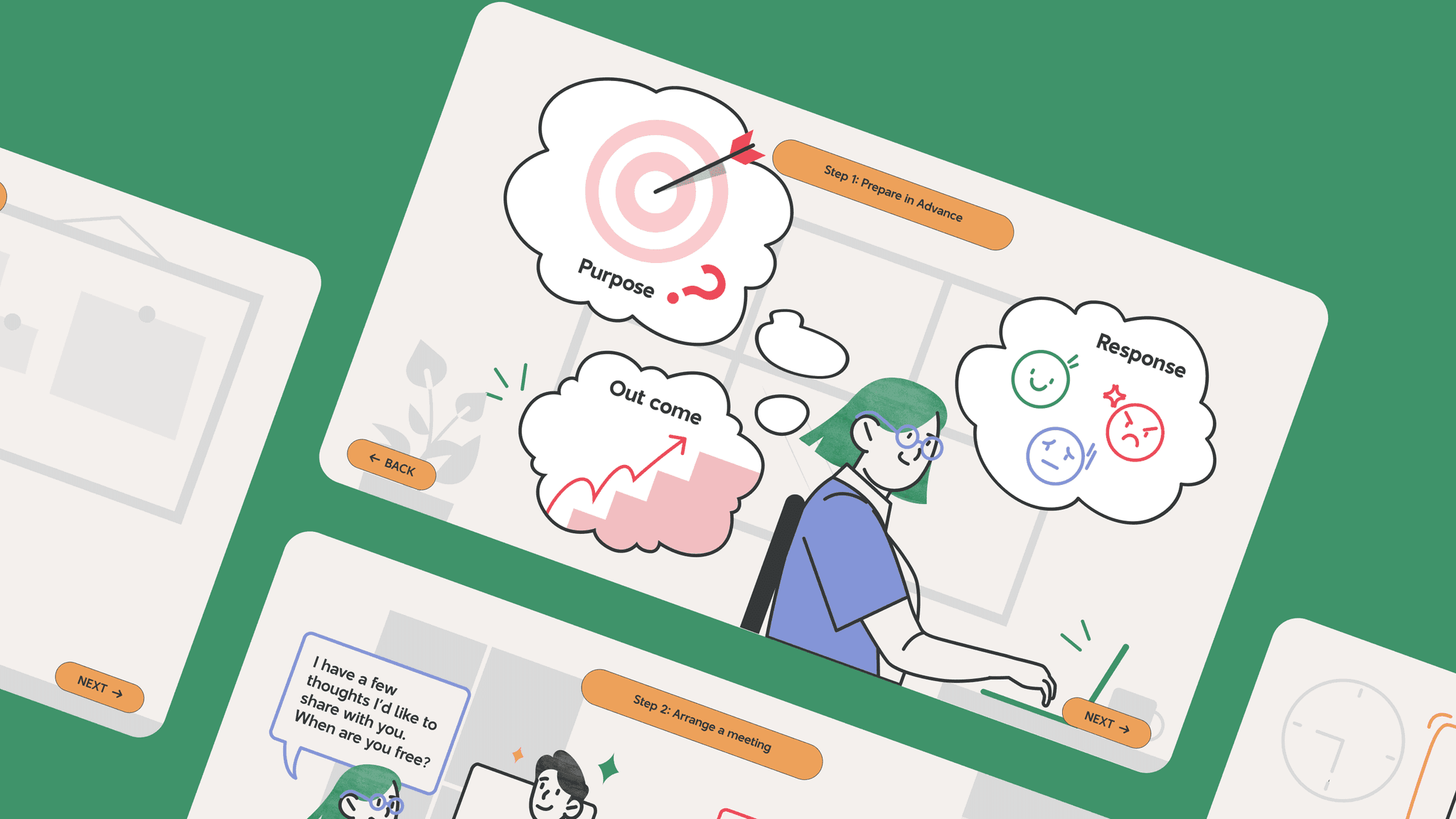
Bespoke Visual Design
We utilized custom-made design elements within "Giving Effective Feedback" course to help transformed the training’s impact, making it more engaging and effective.
This case study demonstrates the potential of interactive, video-based learning to not only enhance engagement but also to improve practical workplace skills.


